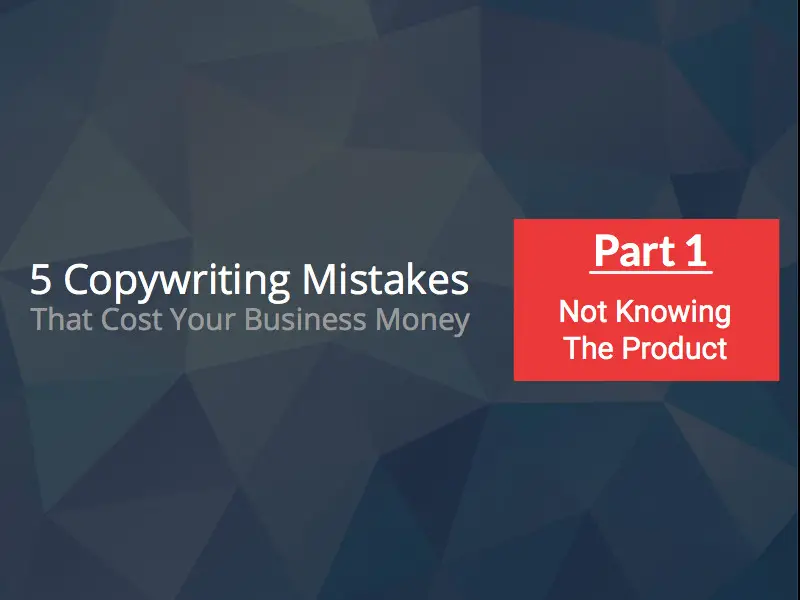One of the most important skills for any creative entrepreneur and business owner to possess is the ability to communicate a message through clear and effective copy. On the other side of the coin, poor copywriting has the potential to drive away business and potential clients, customers and partners.
To help one capitalize on opportunities, rather than missing out on them, Shweiki Media has partnered with author and seasoned copywriter Debra Jason of The Write Direction to present a webinar series on the five copywriting mistakes that cost a business money and how one can avoid them.
The first mistake people make is not truly knowing the product, program or service before writing content or planning a marketing campaign. Shweiki and Jason tackle this issue in the first part of the webinar series.
Before getting started on a marketing campaign—whether for one’s own company or on behalf of another company—it’s important to ask the following questions:
- What is the physical product?
- What is the function of the product? What does the product do (aka what problems does it solve for clients)?
- What are the benefits of the product?
- What is the goal of the campaign? To sell more products? To build the brand and create an image? To generate leads?
- What is the single strongest benefit that harnesses the greatest sales power at a particular time? This is what is known as the unique selling proposition. In other words: what’s the best way to touch someone’s emotions and knock their socks off?
- What will your product do for the customer? For this, one should list the benefits of the product in correlation with the product’s features. For example, a feature might be that a program has six one-hour modules, and the benefit or result is that this program generates 10 new leads a week.
- Why should one buy your product over someone else’s? Is it worth it?
- What objections might there be to the product? For example, in many webinar programs, they offer payment plans to overcome the cost objections, while others offer replays or recordings to overcome time objections.
The Pencil Test
For the pencil test, one should do the following:
- One should write down the features of a pencil. For example: A pencil has an eraser.
- Next, one should convert the feature into benefits. So, if the feature is an eraser then the benefit is that one can write stress-free without worrying about making mistakes.
- After writing down the obvious benefits, one should see what other benefits they can come up with that are not as obvious. For instance, a woman could take an eraser and use it as a temporary earring back.
TWEETABLE FACTS:
[slideshare id=47918701&doc=a-3-469b1f760b82c76582ac5f7bf5ce9ea1dee49494-150508163555-lva1-app6891]







